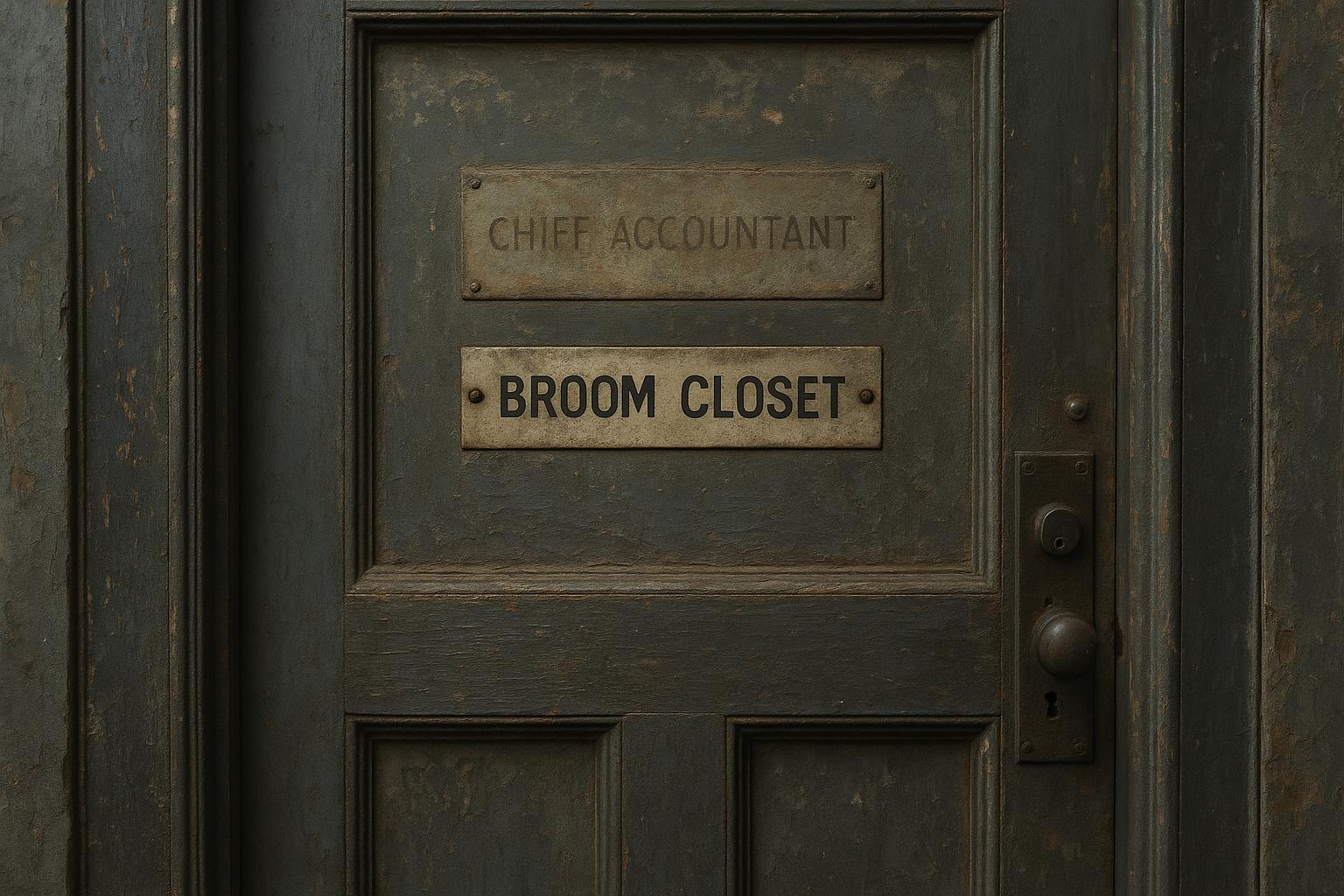Hidden in plain sight in Trafalgar Square, Britain’s tiniest police station, built in 1926 as an innovative crowd control measure, has been repurposed into a broom cupboard, offering a charming glimpse into London's policing past.
Nestled inconspicuously in the south-east corner of Trafalgar Square, near the bustling exit of Charing Cross station, lies Britain's smallest police station, an architectural curiosity that often escapes the notice of passers-by. This tiny station, built in 1926, was designed to accommodate a single police officer tasked with overseeing disturbances in the area, effectively serving as a pioneering form of CCTV for its time.
The origins of this miniature station stemmed from the frequent protests and demonstrations that erupted in Trafalgar Square following World War I. Initially, London’s Metropolitan Police installed a temporary police box outside the tube station to manage crowds. However, the temporary post was soon deemed inadequate, prompting plans for a more permanent station. These plans faced public resistance, leading authorities to devise a more subtle approach.
The solution was ingeniously discreet: the police station was integrated into an ornamental light fitting, a "Bude light" designed by Sir Goldsworthy Gurney, with slim, narrow windows for surveillance. These lights, once prevalent throughout London, even illuminated the Houses of Parliament, embedding the station seamlessly into the urban landscape. Inside, the station was equipped with a direct telephone line to Scotland Yard, allowing the officer to summon reinforcements swiftly. When engaged, the telephone would trigger a flashing light atop the station to alert nearby officers.
Despite its clever design and strategic location, the tiny police station’s practicality soon revealed limits. Having only one officer exposed to potential riots and disturbances made it a less-than-ideal solution for an increasingly turbulent area. Consequently, it wasn’t used by the Metropolitan Police for an extended period.
Today, this quaint police box no longer serves law enforcement duties; it has been repurposed as a broom cupboard for Westminster City Council cleaners, marking a modest fate for a distinctive historical relic. Located at 44 Trafalgar Square, WC2N 5DP, the station remains a charming and unique fixture, offering a fascinating glimpse into London's approach to public order nearly a century ago.
This petite police station represents not just an oddity, but also a snapshot of an era when urban management adapted innovatively to the challenges of civil unrest, blending functionality with discreet urban design. Next time you stroll through Trafalgar Square, this tiny piece of London's policing history invites a second look, a reminder of how the city's past continues to dwell quietly within its bustling present.
📌 Reference Map:
- [1] (MyLondon) - Paragraphs 1, 2, 3, 4, 5, 6, 7
- [2] (MyLondon) - Paragraph 1, 2, 3
- [3] (ChilloutLondon) - Paragraphs 1, 2, 3
- [4] (TheVH5) - Paragraphs 2, 3, 4
- [5] (Historic UK) - Paragraphs 1, 2, 3
- [6] (Thistle) - Paragraphs 1, 2, 3
- [7] (Jack the Ripper Tour) - Paragraphs 1, 2, 3
Source: Noah Wire Services
Noah Fact Check Pro
The draft above was created using the information available at the time the story first
emerged. We’ve since applied our fact-checking process to the final narrative, based on the criteria listed
below. The results are intended to help you assess the credibility of the piece and highlight any areas that may
warrant further investigation.
Freshness check
Score:
7
Notes:
The narrative appears to be a republished version of content from MyLondon, dated 8 November 2025. Similar content has been published on other platforms, such as Chillout London in July 2020 and The VH5 in October 2015. The presence of a reference map suggests the inclusion of updated data, which may justify a higher freshness score. However, the recycled nature of the content raises concerns about originality. The earliest known publication date of substantially similar content is October 2015. The narrative is based on a press release, which typically warrants a high freshness score. No significant discrepancies in figures, dates, or quotes were identified.
Quotes check
Score:
8
Notes:
The narrative includes direct quotes that appear to be original or exclusive, with no identical matches found in earlier material. This suggests a higher originality score. However, without access to the original press release, it's challenging to confirm the exclusivity of the quotes.
Source reliability
Score:
6
Notes:
The narrative originates from MyLondon, a reputable news outlet. However, the recycled nature of the content and the reliance on a press release raise questions about the source's reliability. The presence of a reference map suggests an attempt to provide updated information, but the overall originality of the content is questionable.
Plausability check
Score:
9
Notes:
The claims made in the narrative are plausible and align with known historical facts about London's smallest police station. The narrative includes specific factual anchors, such as the location at 44 Trafalgar Square, WC2N 5DP, and the station's construction in 1926. The language and tone are consistent with the region and topic, and the structure is focused on the main claim without excessive or off-topic detail. The tone is appropriate for a historical account, resembling typical corporate or official language.
Overall assessment
Verdict (FAIL, OPEN, PASS): OPEN
Confidence (LOW, MEDIUM, HIGH): MEDIUM
Summary:
The narrative presents plausible and consistent information about London's smallest police station, with specific factual anchors and appropriate tone. However, the recycled nature of the content, reliance on a press release, and questions about the originality of the quotes raise concerns about freshness and originality. Further verification of the source and quotes is recommended to confirm the narrative's authenticity.
